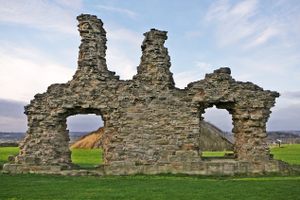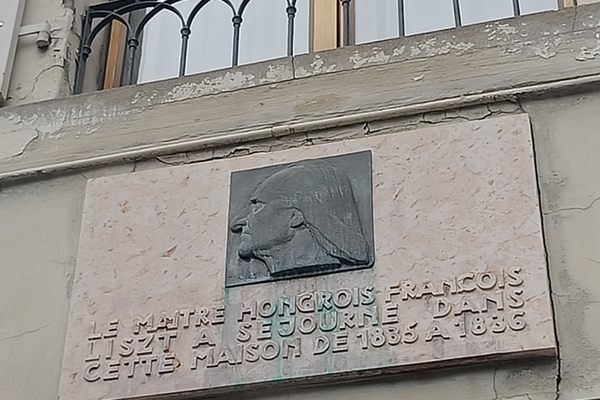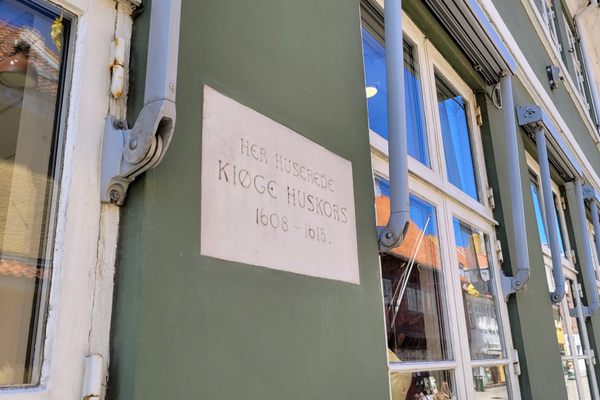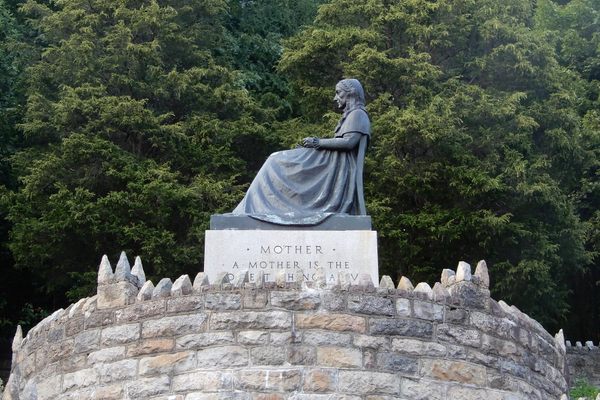About
In 1893, a fall in the price of coal led to pit owners reducing the wages of employees. The newly founded Miners Federation called their members on strike, and all over the country, 250,000 members stood against the owners to demand a living wage.
The town of Featherstone had two pits at the time, Featherstone Main and Ackton Hall. Using their stockpiles of coal, the mine owner took on the strike, locking out the miners and leaving them with no pay for even basics such as food and board. By September, the miners were starving and angry, gathering at the pit daily while protests spread around the country. Pit manager Alfred Holiday and men brought in from one owner's textile business were attacked as they loaded coal for his businesses as they went hungry, despite Holiday's protest that the coal was for the pit engines.
Holiday fished to the local Pontefract police for assistance, and upon being sent to Wakefield, met a local pit owner Lord St Oswald, who recommended to the Wakefield police that troops be mobilized. That afternoon, September 7, 29 soldiers from the First Battalion South Staffordshire Regiment arrived to face the striking miners.
The crowd, further angered by the presence of the troops, refused to disperse. Within an hour, warning shots had been fired and ignored. The troops then opened fire, injuring eight people, two of whom —22-year-old James Gibbs and 25-year-old James Arthur Duggan—later died of their wounds.
Although both were miners, they were passive bystanders in the protest. Inquests were called with differing results. A Wakefield hearting concluded Duggar’s death was ‘justifiable homicide’, whereas Gibbs’s was blamed on lack of police and Holiday’s overreaction. Liberal Home Secretary Asquith oversaw a Parliamentary Commission, and following a speech by Keir Hardie, both families received £100 in compensation.
The government accepted no responsibility and the six injured people received nothing. Asquith's popularity declined dramatically and he became known as the "Featherstone Murderer." It was another two months before the miners were able to go back to work.
A century later, not long after a strike in the 1980s, which drew parallels for the local community, Arthur Scargill - president of the National Union of Mineworkers (NUM) unveiled this memorial. Its inscription reads: "This memorial records the centenary of an incident on September 7 1893 when, following a disturbance in Featherstone, the Riot Act was read and in the ensuing military action troops opened fire on the demonstrators, killing James Gibbs and James Arthur Duggan and wounding several others. This was just another chapter in the struggle by miners for better pay and working conditions."
Related Tags
Know Before You Go
The precinct is located on one of the main streets through Featherstone. There is plenty of on road parking on the road, or adjacent streets.
Community Contributors
Added By
Published
June 17, 2021

























